So I got to work measuring out the walls and the spaces available to start my panelling adventure. It is really important to note details such as where plugs and switches are, or where your radiator is fitted. If you don't consider these you could end up with a proportion of your panel distorted by the radiator - whereas if you consider it, then you can design around it making it a more considered look.
After I was happy with the provisional panel layouts and how the room would look, I got to a second measurement. This ensured that I had the correct lengths and knew how many of each I needed. It might sound completely daft but make sure that you measure from fixed points, and measure from the outside of each panel. After that check your local timber yard or DIY store for the right type of beading to use. I ordered mine online as I knew I needed a lot. I did some maths to calculate which is the best way to cut the pieces out of the pre-cut lengths that are delivered. Lets say a piece of beading is 2m long, you might be able to get two lengths of 80cm and one of 40cm out of it if you cut it carefully. Its unfortunately not as easy as adding up all the lengths you need, as you will want to have as few joints as possible, and therefore keeping them to the corners as much as you can. Lightly sand the cut edges and I would also write in pencil on the back of them the lengths that they are, its so easy to get confused and spend ages re-measuring. Once you have all your pieces, you will need a ladder, a level, and a nail gun (trust me you don't want to be doing this with a simple nail and hammer, it will take you years). Some people advocate gluing them to the wall first before nailing them in. I skipped this bit and opted to just nail them in as I had a pneumatic nail gun which packed a punch. I would start from the smallest panel and do two adjoining sides first, this makes it easier to triangulate the remaining two sides so you get a whole square/rectangle.
0 Comments
Leave a Reply. |
Categories
All
|
Award winning Interior Design & Styling - Cheshire, UK
Copyright © 2022

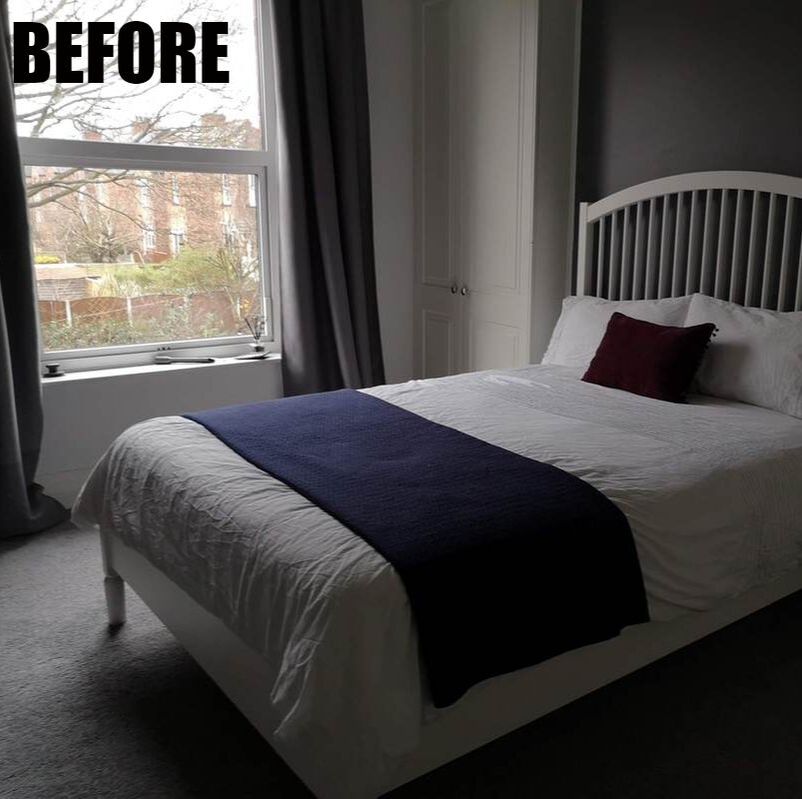
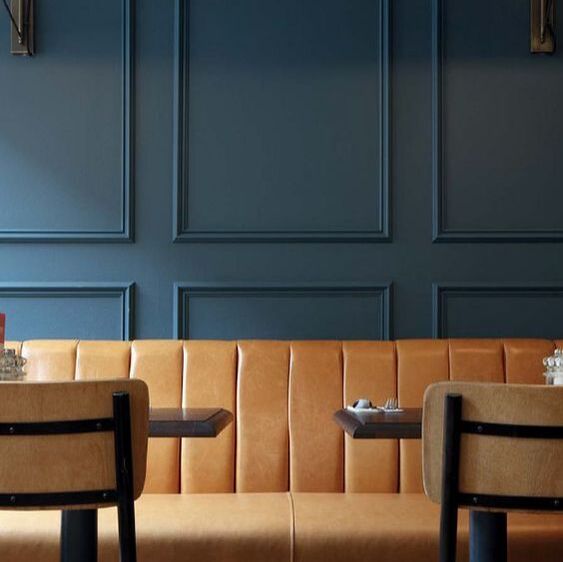
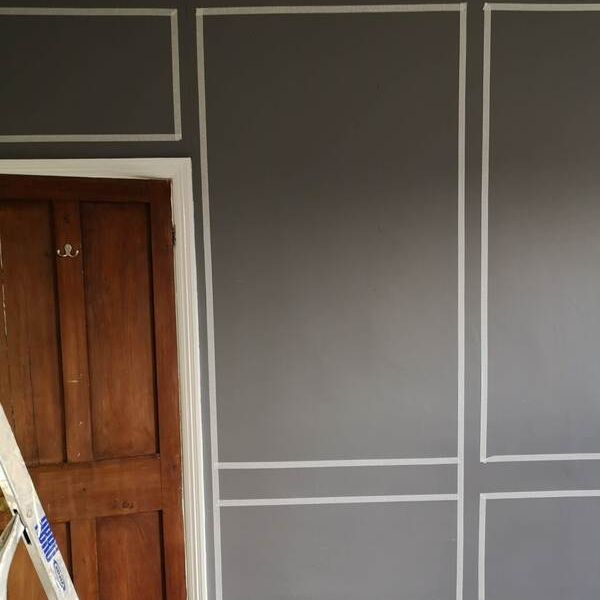
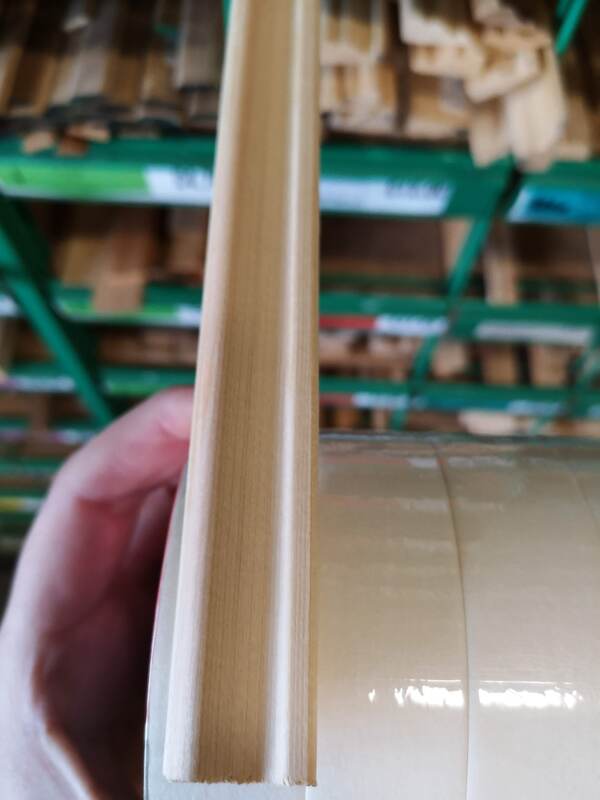
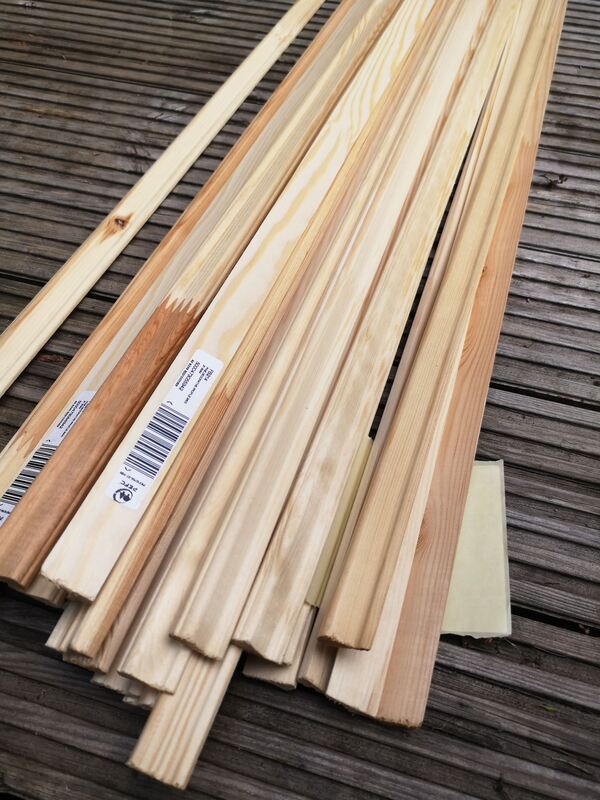
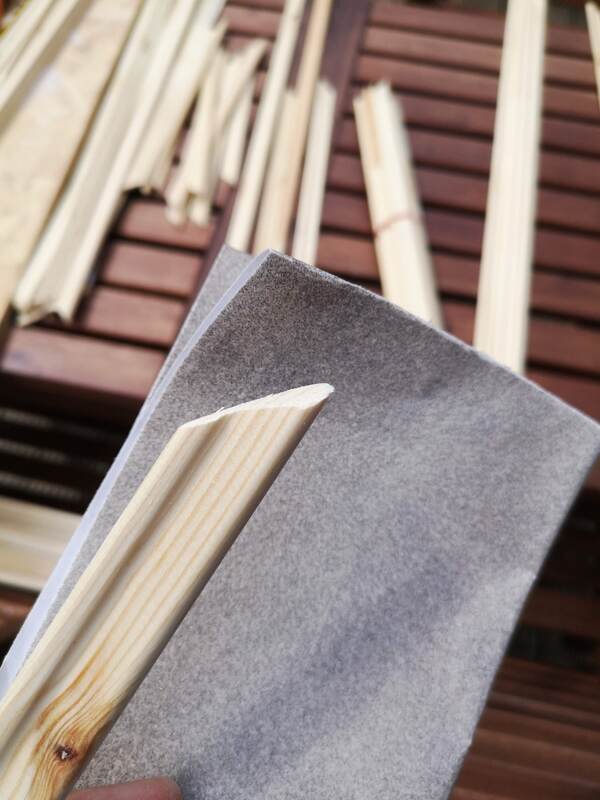
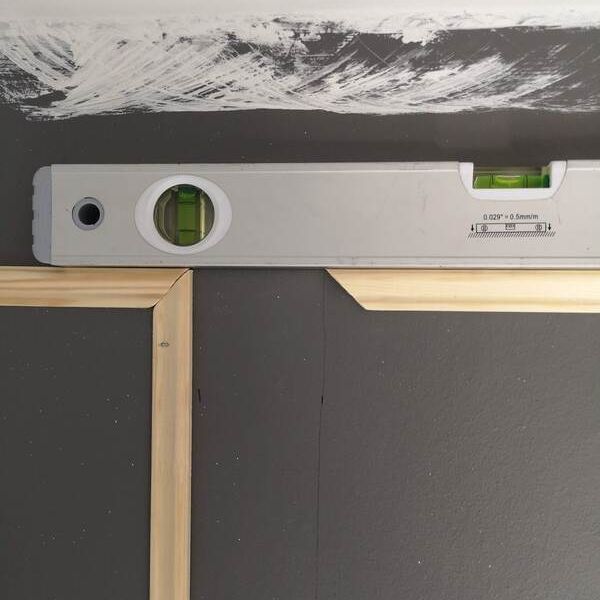
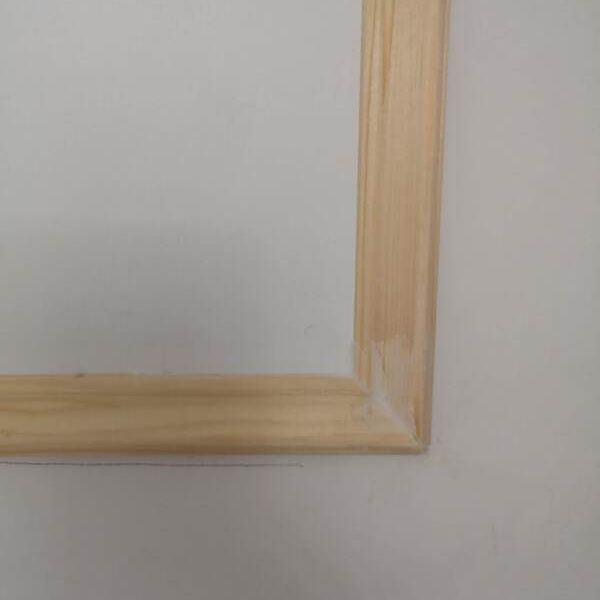
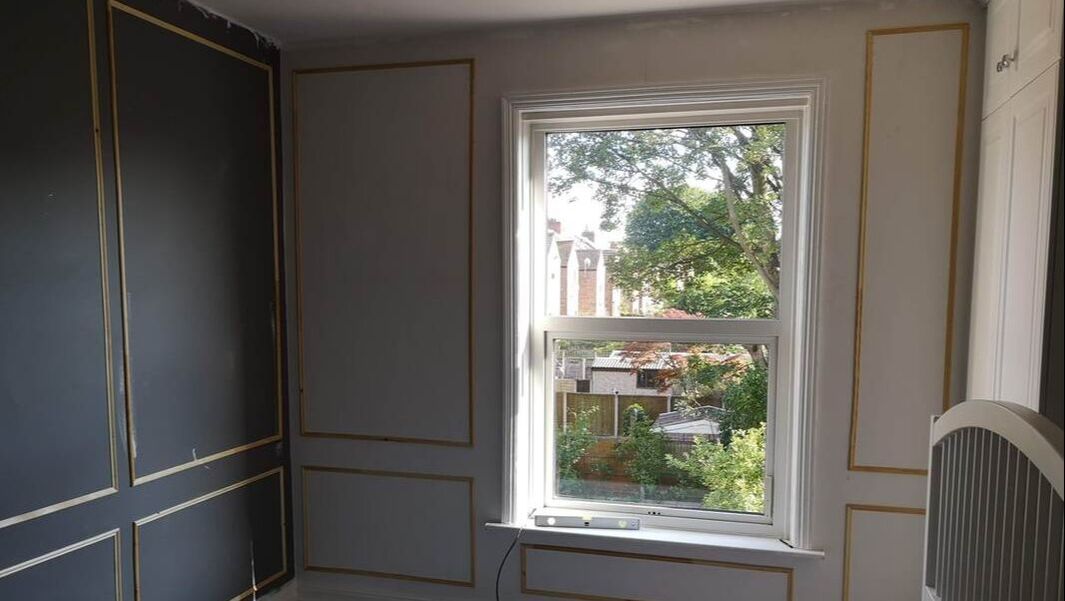
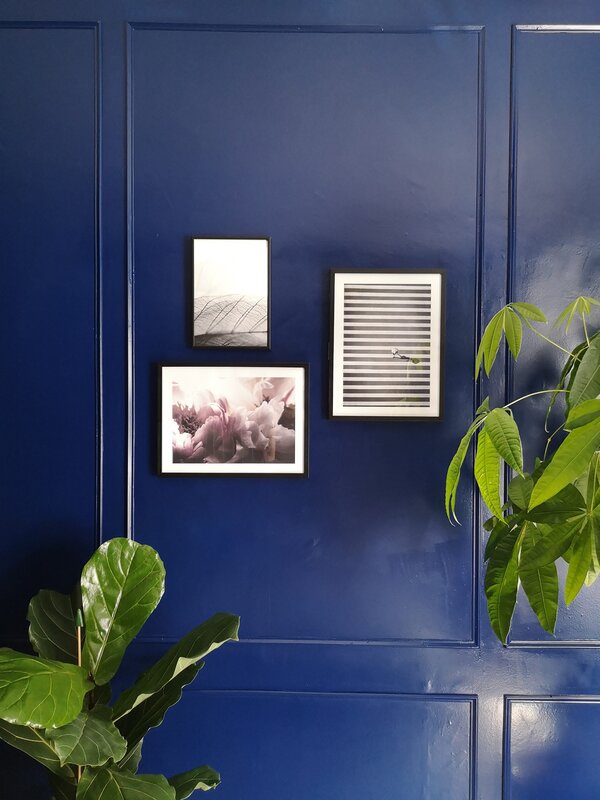
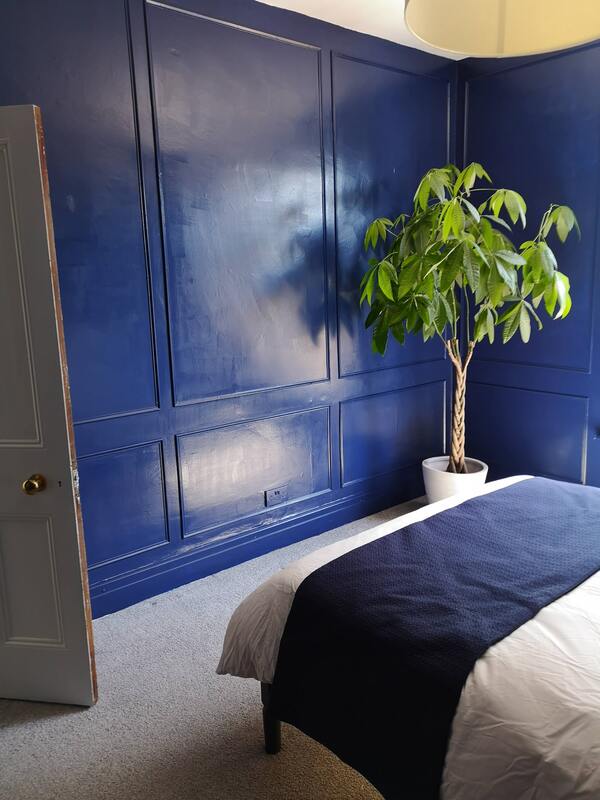
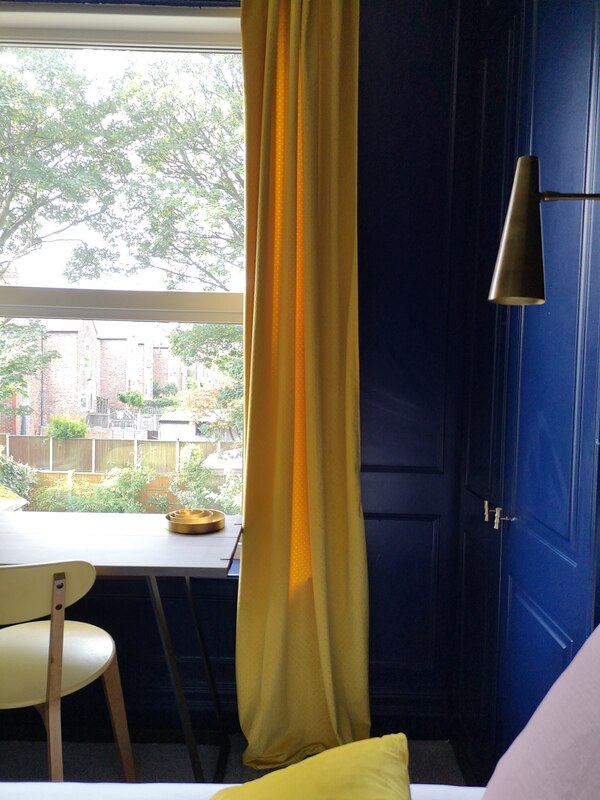
 RSS Feed
RSS Feed







